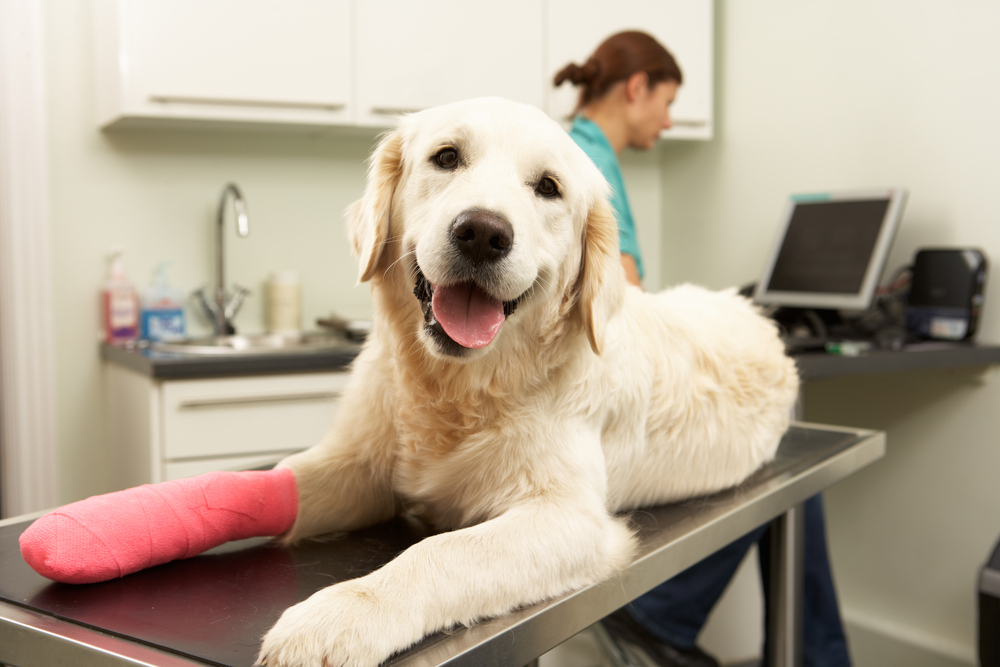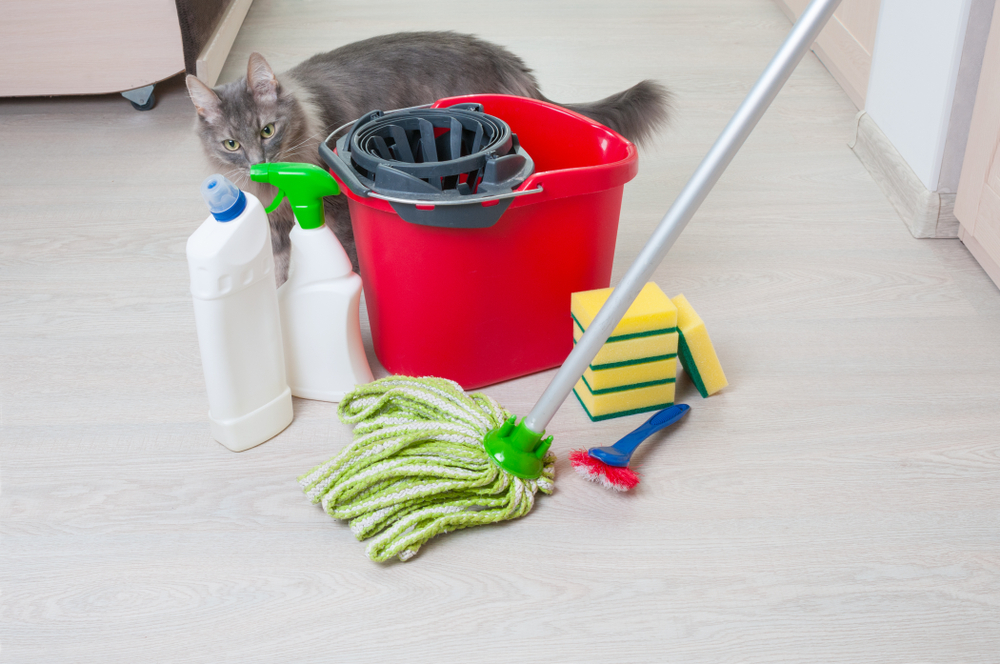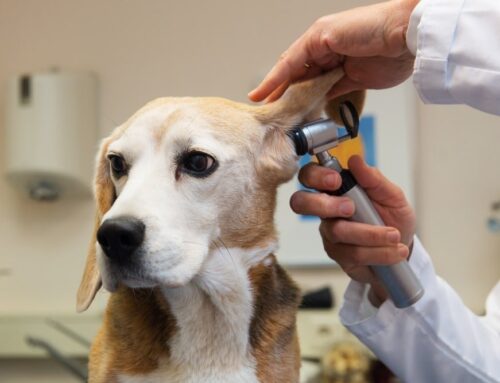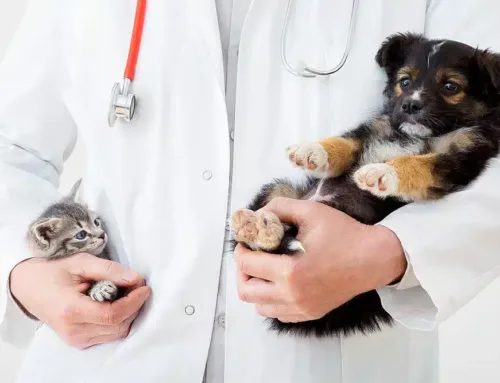You love your furry friend and want to keep them safe and healthy. But let’s face it, pets can get into some pretty wild situations. With a bit of knowledge, pet owners can prevent many emergencies. Let’s dive into some tail-wagging tips for keeping your pet out of trouble.
Pet emergencies are those unexpected plot twists that need immediate attention. If you encounter any of these situations, call our Emerald Animal Hospital team or your local veterinary emergency hospital for assistance. In the meantime, consider these common pet emergencies and how to prevent them.
Your pet ingests a toxic substance
Pets can be like little vacuum cleaners, sucking up anything they find. Chocolate, plants, medications, and household cleaners can lead to serious side effects, such as vomiting and diarrhea, or an emergency dash to the vet. Toxic substances lurk throughout your home, garage, and yard. To prevent your pet from ingesting something that could harm their health, follow these tips:
- Secure household items — Store cleaning supplies, medications, and toxic foods where your pet can’t reach them.
- Avoid plants that are toxic to pets — Avoid bringing toxic plants into your home or including them in your landscaping. Lilies, poinsettias, and azaleas are a few of the many plants that can harm your pet.
- Pet-proof your home — Use childproof latches on cabinets and keep trash bins covered.
Your pet is injured
From attempting to fly off the couch to wrestling matches with other animals, accidents can happen. Fractures, wounds, or internal injuries need immediate veterinary care to assess, manage pain, and prevent complications. To help your pet avoid an injury, follow these tips:
- Keep your home safe — Ensure your home is free of hazards such as sharp objects or unstable furniture.
- Supervise your pet outdoors — Keep an eye on your pet when they are outdoors, even in your backyard. On outings, ensure you leash or harness your pet to prevent unexpected escapades.
- Prevent falls — Install pet gates on staircases and balconies, especially if your pet is a puppy or a kitten, or elderly.
Your pet has a severe allergic reaction
Just like you, your pet can have an allergic reaction to insect bites, certain foods, or environmental factors. Swelling, itching, hives, and breathing issues are allergy signs. A severe allergic reaction can lead to anaphylactic shock, which is definitely not a fun plot twist. To help your pet avoid an allergic reaction, follow these tips:
- Keep your home tidy — Keep your home free of allergens by running air purifiers and regularly dusting and vacuuming.
- Feed your pet a safe diet — If you know your pet is allergic to certain food ingredients, only allow them to eat a vet-approved diet to avoid triggering their food allergy.
Your pet suffers dehydration and heatstroke
Your pet can overheat more quickly than you can say “dog days of summer.” Pets’ heatstroke signs include excessive panting, drooling, weakness, and collapse. Dehydration is another villain to avoid. To prevent your pet from overheating and developing heatstroke, or becoming dehydrated, follow these tips:
- Make water readily available — Ensure your pet always has fresh water, especially when the weather is hot.
- Ensure your pet can access shaded and cool areas — Provide shaded areas and cool spots for your pets to chill out.
- Exercise when the temperature is cooler — Walk your pet and schedule outdoor playtime during cooler parts of the day—early morning and late evening.
Your pet experiences respiratory distress
Breathing troubles are a major emergency. Signs, such as rapid breathing, coughing, and blue-tinged gums, require immediate veterinary attention. If your pet experiences respiratory distress, follow these tips:
- Schedule regular vet visits — Schedule routine vet checkups to monitor your pet’s respiratory health.
- Keep your home’s air pollutant-free — Avoid smoking around your pet and keep your home’s air pollutant-free.
- Manage your pet’s weight — Maintain your pet at a healthy weight. Carrying excess pounds can increase your pet’s breathing difficulties.
Immediate steps to take during a pet emergency

If your pet experiences an emergency, immediate and calm action is crucial. To ensure your pet gets the care they need during a health emergency, follow these steps:
- Step 1 — Stay calm and assess the situation. Look for signs such as bleeding or breathing difficulties.
- Step 2 — Immediately contact our Emerald Animal Hospital team or your nearest emergency veterinary hospital. Always have these emergency contacts close at hand.
- Step 3 — Do your best to calmly and clearly explain the situation and signs your pet is experiencing. Follow any instructions given by the veterinary team.
- Step 4 — Safely transport your pet to the veterinary facility. Transport cats and small dogs in a pet carrier or sturdy box.
By learning to recognize when your furry friend has a veterinary emergency and the steps you should take to ensure they get the care they need, you help them live a long, happy, and healthy life. If your pet is experiencing an emergency, contact our Emerald Animal Hospital team.









Leave A Comment